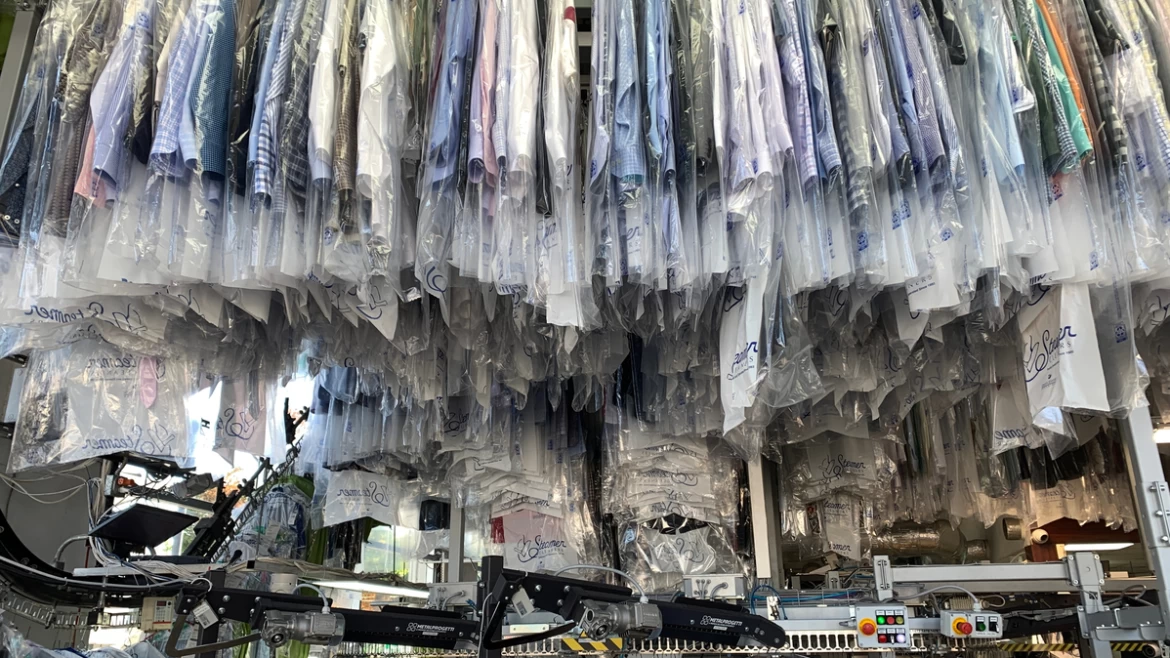The appearance of professionalism is a vital aspect of the demanding and high-stakes field of law enforcement. Not only do police officers’ immaculate uniforms inspire confidence in the community, but they also exhibit discipline and commitment on the part of the force. This is achieved through dry cleaning which ensures that these uniforms remain spotless. In this blog post, we delve into the world of dry cleaning for police stations, highlighting some chemicals applied in this significant fabric treatment process.
The Dry Cleaning Process
Dry cleaning uses chemical solvents instead of water to get rid of stains and dirt from fabrics; it is a specialized method for this purpose. This method is especially recommended for delicate fabrics or clothing items that are too dainty to withstand the rigors of regular laundry. Police uniforms thrive well under dry cleaning since they are commonly made from both synthetic and natural fibers.
Chemicals Used in Dry Cleaning
Perchloroethylene (PERC)
One solvent that has been frequently used in dry cleaning is PERC. It removes dirt and stains excellently without damaging the cloth. Nonetheless, concerns over environmental effects as well as health risks have led to investigations into alternative solvents.
Hydrocarbons
The growing popularity of hydrocarbon-based solvents—like Stoddard solvent—is attributed to their less harmful effects on the environment than peroxide. Without endangering the fabric or the environment, these solvents work well for cleaning clothing.
Liquid Carbon Dioxide (CO2)
Using liquid carbon dioxide as the cleaning solution is a cutting-edge and sustainable method of dry cleaning. Since this process cleans clothes effectively and its effect on the environment is low it has come into focus though.
Siloxane
One solvent that is silicone-based, siloxane, has a name for itself because of its mild cleaning. Compared with traditional solvents, it may be employed on delicate materials and decorations such as those often seen on police uniforms.
Tetrachloroethylene (Perchloroethylene)
Dry cleaning makes use of another solvent known as tetrachloroethylene, also known as PCE. It is widely recognized in the industry and has a long history of successful stain removal. Like PERC, it comes with health and environmental problems associated with its usage..
The Value of Selecting the Correct Solvent
The solvent selection is important when dry cleaning for police stations. Environmentally friendly techniques are becoming more and more important to police forces. Choosing solvents that have less of an adverse effect on the environment not only supports sustainability objectives but also protects the officers’ health who wear the uniforms.
Tips on Handling Dry Cleaning Chemicals
In dry cleaning operations the safety and environmental implications must be carefully considered particularly for such chemical substances like tetrachloroethylene (PCE), hydrocarbons, siloxane, liquid carbon dioxide and perchloroethylene (PERC). Some tips to help you handle these compounds responsibly include:
Education And Training
Make sure that workers involved in the dry-cleaning process have undergone adequate training on how to handle, store and dispose chemicals safely.
Personal Protective Equipment (PPE)
Specified personal protective equipment is needed when handling chemicals used in dry cleaning such as gloves, and safety eyewear.
Ventilation
To minimize inhalation exposures, workspaces need to be properly ventilated.
Storage
Special storage places away from heat sources, direct sunlight and incompatible materials should be used for dry cleaning materials.
Conclusion
In the world of law enforcement, cleanliness and presentation of uniforms are critical; where attention to detail is paramount. Police uniforms must be well-polished and this is achieved with help of dry cleaning using its specific processes and carefully selected chemicals. This becomes more important as the police organizations attempt to go green. The stations can consider environmental protection by knowing what goes into their clothes.


